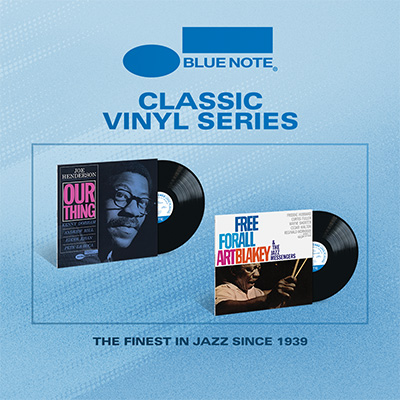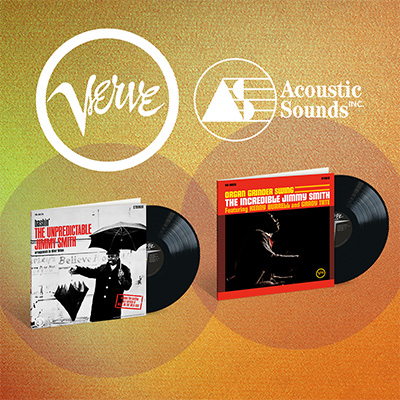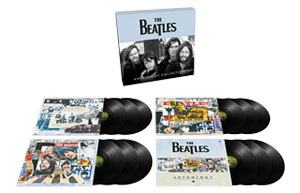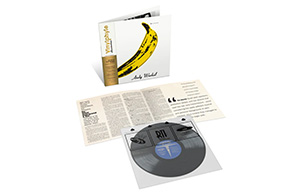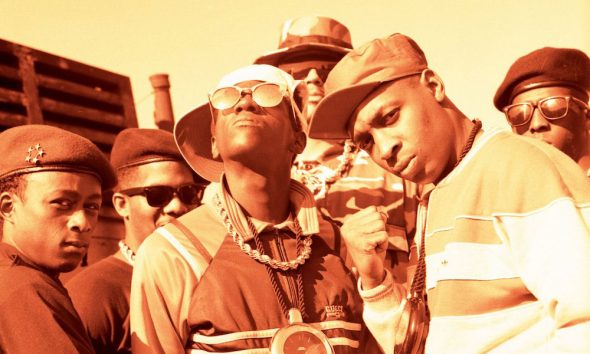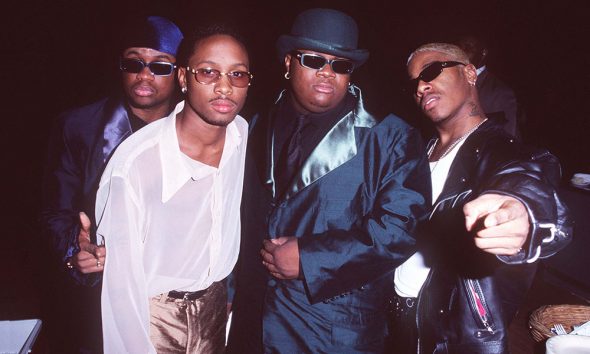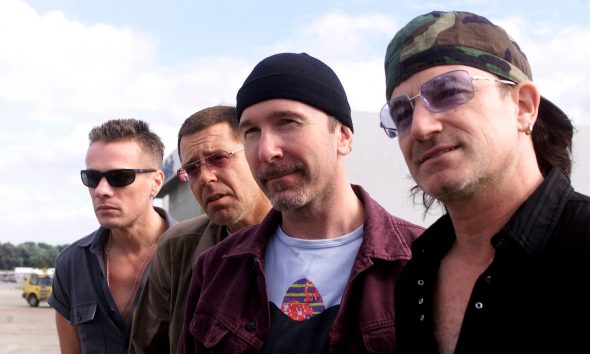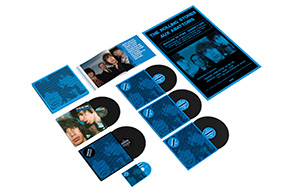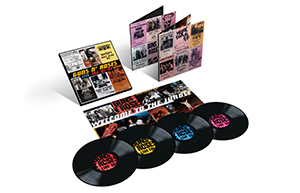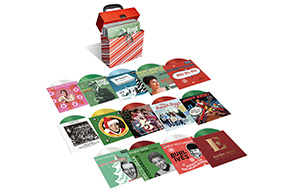Howlin’ Wolf
Howlin’ Wolf was influential to many aspiring blues musicians, including the Rolling Stones, who took ‘Little Red Rooster’ to the top of the UK charts.
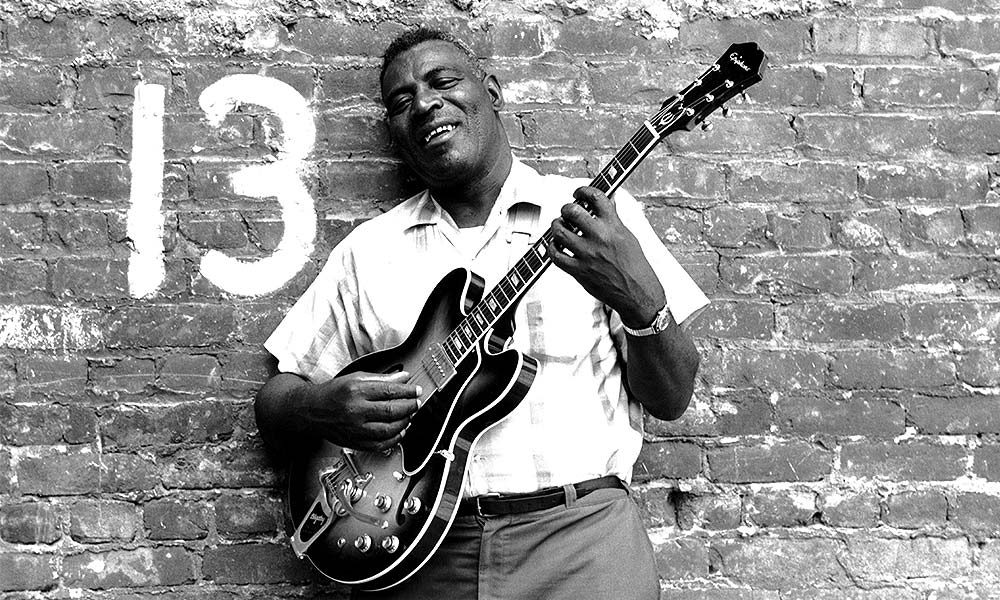
Howlin’ Wolf even if he had had a more normal-sounding name would have still been a Blues legend, for no other reason than he was a one-off – a performer of great power and magnetism. He was looked up to be every musician, both black and white and was able to imbue his songs with a unique quality that no one could match or better.
“I remember when he used to play out on the streets – he started down here in Ruleville, Mississippi, playin’ on the streets and blowin’ his harp.”– Muddy Waters
When he first recorded at Sun Studios, having been introduced to Sam Phillips by Ike Turner, Wolf was already over forty and up to that point he had been managing a life of farming and performing. Sun licensed his first record, Moanin’ at Midnight, to Chess Records and it became his first hit in 1951.
Wolf put three more records on the Billboard R&B chart in the 1950s, including ‘Smokestack Lightning’. He recorded ‘Spoonful’ in June 1960 with Otis Spann on piano, Hubert Sumlin and Freddie Robinson on guitars, Willie Dixon on bass and drummer Fred Below. Written by Dixon, the doyen of Chicago blues writers, it is based on a Charley Patton song with connections to another by Papa Charlie Jackson – you’ll find it on his 1962 album, Howlin’ Wolf. In the 1960s, Cream covered the song on their debut album, Fresh Cream.
In 1969, ‘Evil’ also made the R & B Top 50 and became the title of his album, the same year. But it wasn’t as a chart artist that Howlin’ Wolf is remembered. He was influential to many aspiring blues musicians, including the Rolling Stones, who took ‘Little Red Rooster’ to the top of the UK charts.
Wolf had already suffered a heart attack before he visited London to record the London Howlin Wolf Sessions album and following a car accident in 1971 his health went steadily downhill and he died in 1976.
“He wasn’t just a Blues singer, I mean he was a commander of your soul and he got hold of you with the Blues. The Wolf was a hypnotiser, he hypnotised himself when he opened that mouth and let it loose.” – Sam Phillips
Howlin’ Wolf was born Chester Burnett in the heart of the Mississippi Delta in 1910 – at well over 6ft tall and weighing somewhere close to 300 lbs, he was a powerful man. Charley Patton taught him the guitar, while Wolf learned the harmonica from Sonny Boy Williamson (Rice Miller); although it was Wolf’s singing rather than his playing skills that commanded attention.
Like many before him, Wolf started out playing wherever he could, local parties, clubs or just playing on the street. He served in the army during the war, moving to West Memphis at the end of the 1940s to spend a little more time performing rather than farming. He put a band together that included both Little Junior Parker and James Cotton and he secured a regular gig on a KWEM, a West Memphis radio station; he performed and promoted his own live shows.
When he first recorded at Sun Studios, having been introduced to Sam Phillips by Ike Turner, Wolf was already over forty and up to that point he had been managing a life of farming and performing, not necessarily in equal measure. Sam Phillips’ masterstroke, was not to overproduce but to allow his performers to cut through on record; it was a triumph of spontaneity over technical expertise. Wolf cut ‘Moanin’ At Midnight’ and ‘How Many More Years’ which became his first single when Phillips sold the sides to Chess (R&B Chart No.4). Wolf was soon also recording for Modern as well and after some contractual wrangles he ended up with Chess, which is why, soon after, he moved to Chicago where he began the most prolific, and successful, part of his recording career.
By the 1960s, Wolf’s chart career was over, but his powerful influence, through his recordings and his live work, continued to be felt. Albums like Moanin’ At Midnight and Howlin’ Wolf and The Real Folk Blues were keenly studied by younger musicians, especially the white Blues players, both for new material and Wolf’s technique.
Horst Lippmann and Fritz Rau, German blues lovers and promoters, created the American Folk Blues Festival in 1962 taking T-Bone Walker, Memphis Slim, Sonny Terry & Brownie McGhee, John Lee Hooker, Shakey Jake, and Willie Dixon to Germany to play a few dates. The following year, the tour was also taken to Britain for the first time and among those appearing were Muddy Waters, Memphis Slim, Sonny Boy Williamson, Otis Spann, and Lonnie Johnson. In 1964 Sonny Boy was back along with Sleepy John Estes, Howlin’ Wolf, Hubert Sumlin, and Lightnin’ Hopkins among the performers; Wolf’s appearance inspired many who were there.
Six weeks before Wolf appeared on stage in England, at the Fairfield Halls, the Rolling Stones went into Regent Sound Studios in London, to record Wolf’s ‘Little Red Rooster’. If you play their version right after Howlin’ Wolf’s original, it’s like a mirror. Wolf howls, Mick purrs but it’s what the blues are all about. Sex. The Stones single came out a month after the American Folk Blues Festival show in London and went to No.1. For some reason, the Stones label in America wouldn’t release it as a single. But in May 1965 they got some kind of revenge when they were invited to play the Shindig TV Show in Hollywood. On the show were Jackie de Shannon, Adam Wade, Sonny & Cher and at the insistence of the Stones, Howlin’ Wolf. Today it is difficult to comprehend the enormity of seeing Wolf on what was very much a ‘television show aimed at white kids; this was just two years after Martin Luther King’s ‘I had a dream speech.’
Wolf played the Newport Festival in 1966 and appeared at other festivals throughout the USA. In 1970, he recorded The London Howlin’ Wolf Sessions with Eric Clapton, Charlie Watts, Steve Winwood, Ian Stewart and Bill Wyman. Wolf had already suffered a heart attack and there are signs of his failing health on the recording, but it still proved to be an inspiration for the younger white performers.
Howlin’ Wolf’s last performance was in Chicago during November 1975 with B.B. King. At the end of the year, he was admitted to the Veterans Administration Hospital in Chicago where they operated on the 65-year-old bluesman, but he died of kidney failure on 10 January 1976.

